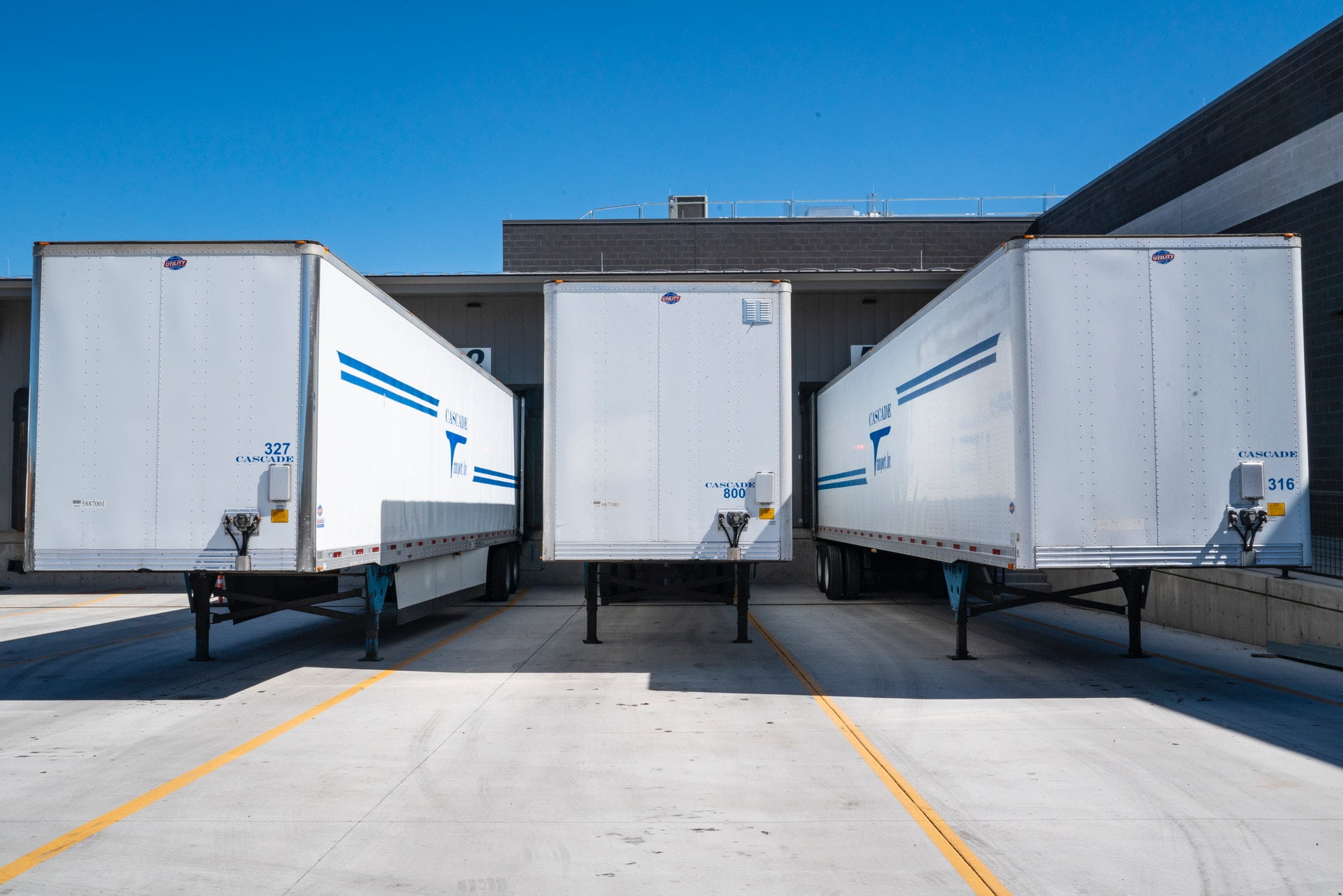Logistics describes the process of moving and coordinating business resources such as equipment, inventory, food, materials, and people across multiple locations. This process enhances the daily activities of running a company, from production to service delivery. The services that complement logistics in any industry include Third-Party (3PL), Fourth-Party (4PL), inbound, outbound, reverse, and green logistics.
The industry came at a standstill in the wake of the Covid-19 pandemic, with movement restrictions implemented in most parts of the nation. However, things are now going back to normal, and we expect a boom in the coming years.
The Global logistics market will grow at a steady compound annual growth rate (CAGR) of 6.5% for the next five years and reach $12.97 billion in 2027. This is an increase of nearly 42% compared to its value in 2017 ($7.64 billion).
Here is a more in-depth insight into the state of the logistics industry in 2021 and beyond.
1. Less than Truckload (LTL)
Amazon and Wayfair are changing the norm of LTL deliveries. The LTL sector is snowballing, thanks to the eCommerce revolution. “Middle-mile” logistics to eCommerce warehouses replace traditional deliveries to malls and shopping centers, saving time and resources.
With this new trend, LTL carriers are now adopting efficient management and pricing practices in their operations. For instance, rectifying erroneous weights in shipments likely yields up to an additional 6% improvement. Carriers can now demand more fees for larger deliveries and charge reasonable rates for lighter packages.
So, how sustainable is this revival? Revenues will stream in at high rates for the next two to three years, give or take. The only downfall that might end the party sooner than the players think is when LTL carriers add more trucks. This will likely disrupt the current equilibrium in supply and demand.
2. Truckload (TL)
Truckload carriers are experiencing a greater demand in capacity while also putting up with the higher costs of materials and driver pay. In a nutshell, fleet companies need more trucks and trailers in 2021. For instance, we anticipate the demand for heavy trucks (Class 8) to surpass 325,000 units by the end of the year.
However, since we are experiencing supply constraints in many industries, the demand will likely extend to 2022. It’s imperative to note that the supply chain issues for TL materials are still prevalent. Notable players have problems accessing Class 8 truck computer chips and trailer lumber floors.
Other materials facing supply shortages include specialized steel, rubber, and plastic resins. The events of 2020 mark the opportune time to acquire new trucks and maintain your older units. Research the best mobile truck detailing near me to wash your fleet and keep trucks in good condition. This will sustain your fleet’s utility throughout the year.
3. Third-Party Logistics (3PL)
Shippers are still relying heavily on 3PL operators, even post-pandemic. Armstrong & Associates Inc. (A&A) estimates that the gross revenues in the 3PL market grew by a whopping 8.8% throughout 2020. This brings the total market size of the sector to $231.5 billion.
Factors that drove this growth rate include domestic and international logistics in response to increased Covid-19 demands. For instance, almost every business, including health facilities, competed to restock their PPE from the limited supply.
A&A still maintains an optimistic forecast of the 3PL sector throughout 2021, estimating a double-digit growth rate from last year’s 20%. However, 3PL operators still face challenges with shifting trends. Big corporations consider selling their products directly to consumers through their websites to keep up with the eCommerce revolution.
That means 3PL operators must scale their logistics capabilities to absorb this change if they are going to survive.
4. Intermodal/ Rail Freight
The US intermodal and rail freight volumes are going up steadily compared to a year ago. Preliminary data by the Association of American Railroads indicate that the sector experienced an uptick of 7.3% in volumes throughout the first half of 2021. Moreover, the average rail freight volume for May this year surpassed that of May 2020, marking an annual gain of 30.4%.
Although these gains signal a brighter future for the rail freight and intermodal sector, many experts disagree. This is because 2019 and 2020 marked the worst years across the bigger logistics industry. The Polar Vortex even worsened the situation with unusual weather disrupting supply chains.
For these reasons, the previous statistics are “normal," and the industry still needs many improvements. Just recently, the Surface Transportation Board (STB) chairman, Mr. Martin Oberman, wrote a protest letter to the Class I railroads leadership highlighting complaints from shippers. These complaints could be among the reasons contributing to a regular trend of labor disruption in the rail freight sector over the last years.
Research, Rethink, and Redesign Your Logistics Capabilities
If you’re a player in any of the logistics services highlighted above, it’s evident that there is a need for alterations in 2021. You need to research and redesign new methodologies, especially if you’re going to make it in the global arena. That way, you can meet or beat the efficiency of your competitors and generate more revenues.
